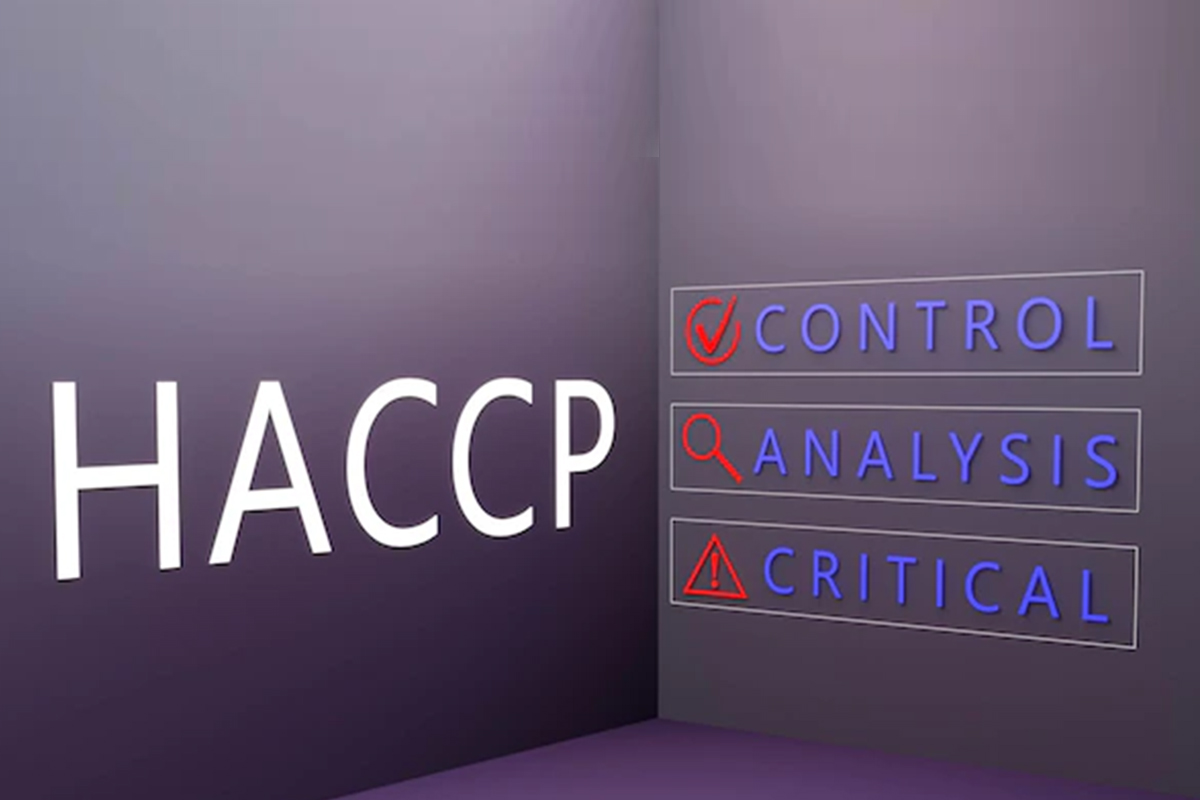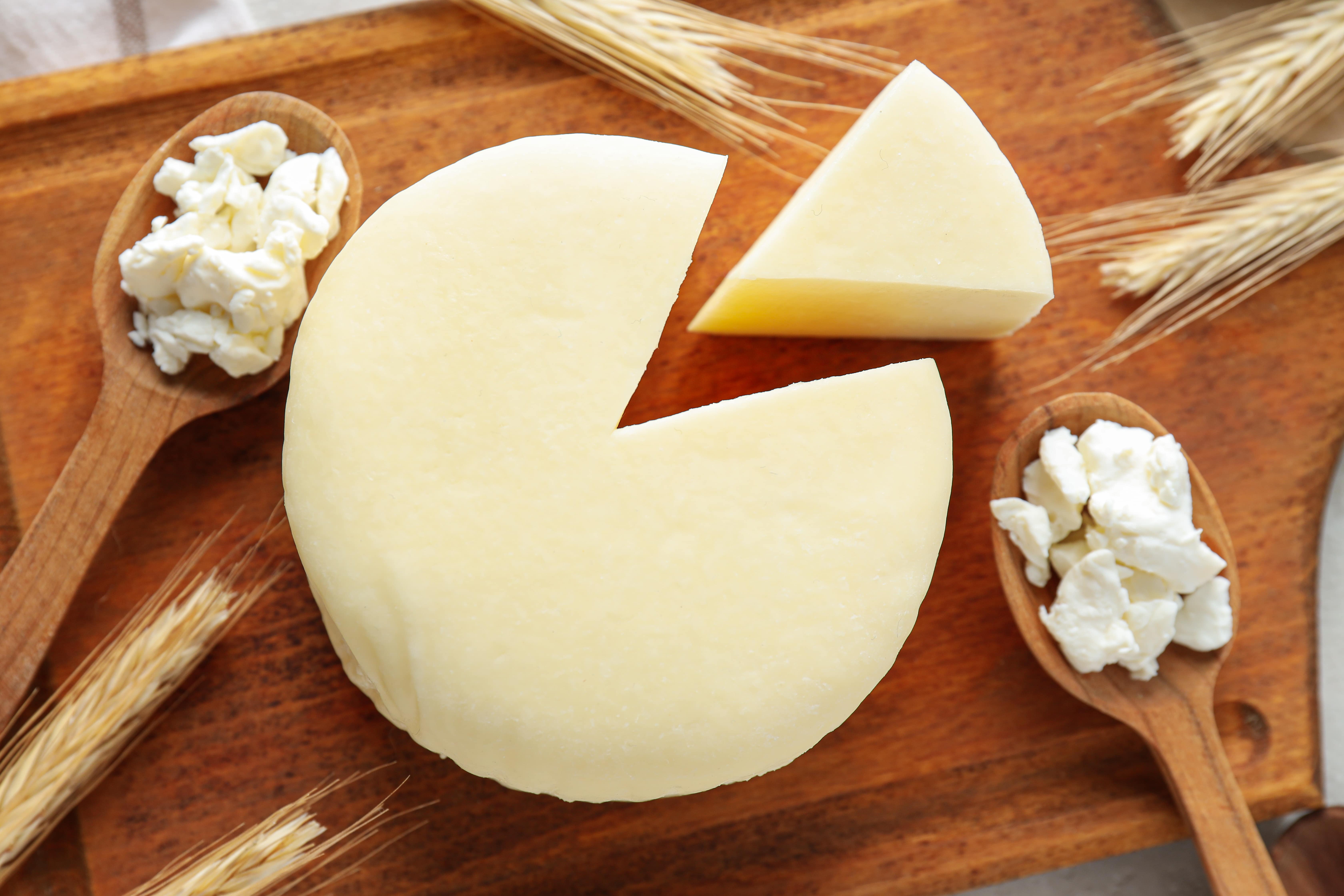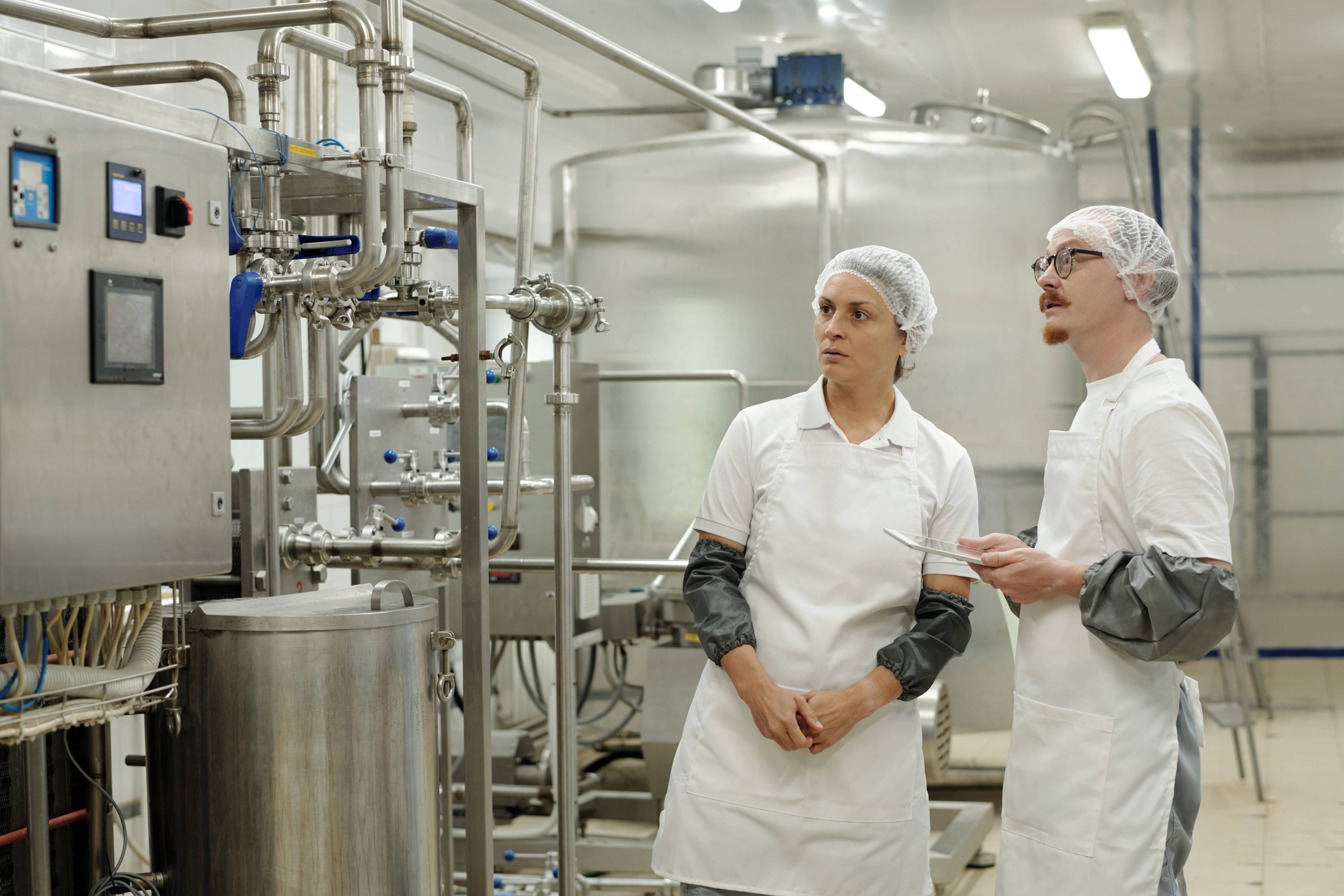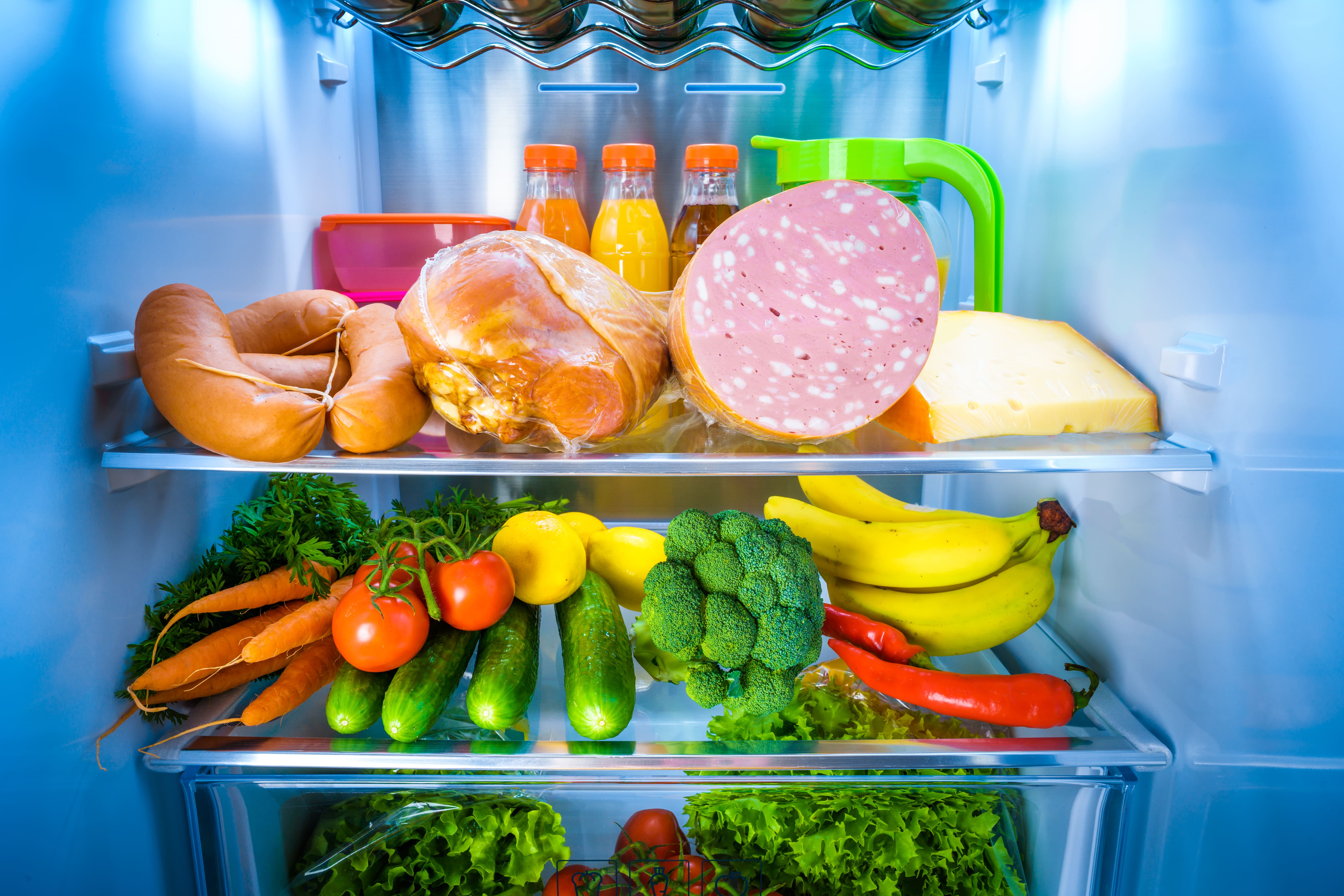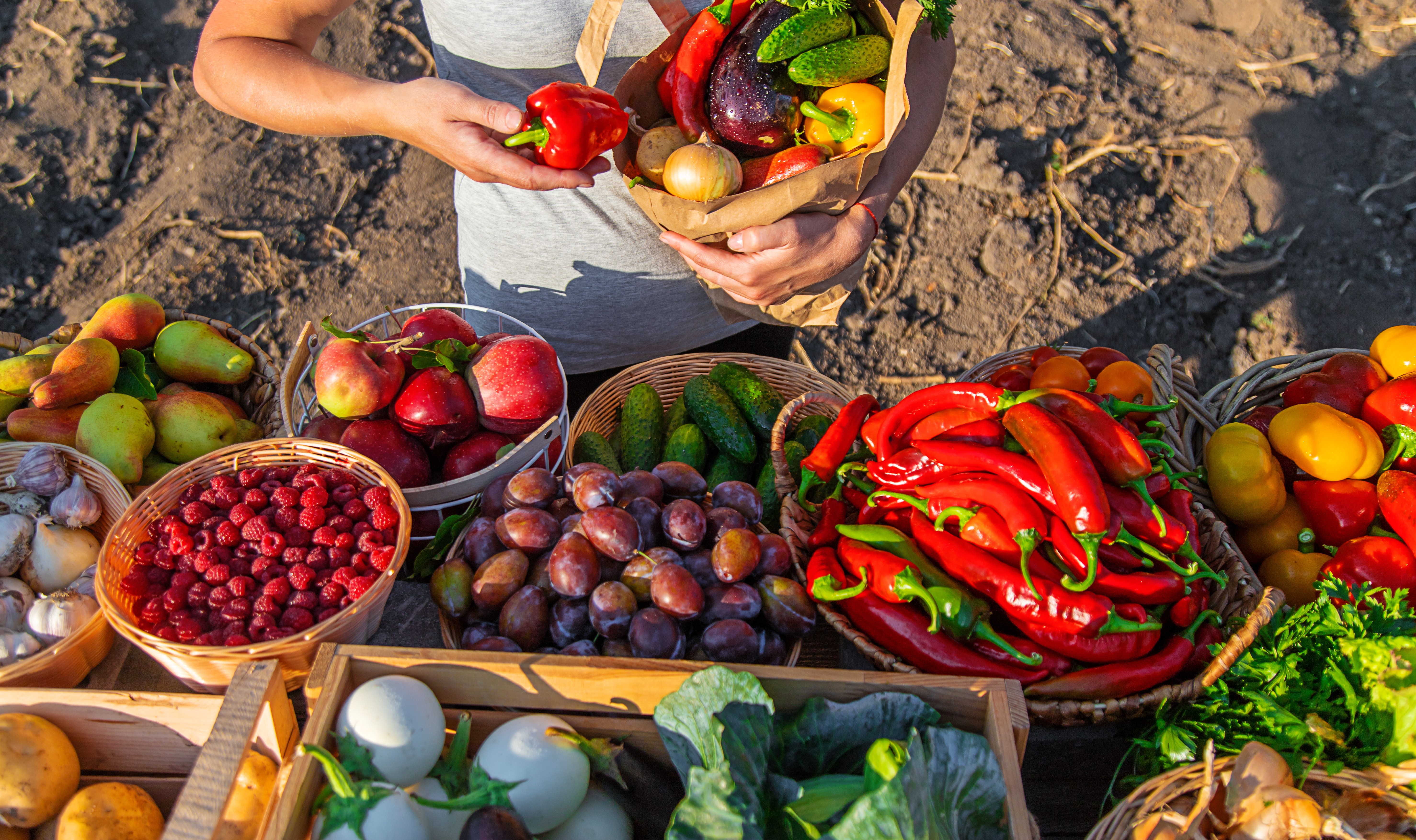Last Updated on April 11, 2025 by Admin
Table of Content
- Completing relevant prerequisite programmes
- Create the best HACCP team
- Working on the plan template
- Focus on the product description
- Developing the commodity flowchart
- Working on hazard analysis
- Identifying the critical control points (CCPs)
- Setting critical limits for each CCP
- Validating and verifying
- Identifying various records and logs
- Final words
Food production systems often become victims of safety hazards, which is highly undesirable. The Hazard Analysis and Critical Control Point (HACCP) system offers a globally-recognised and systematic approach for minimising all kinds of safety hazards in the food production system.
Experts believe that implementing a HACCP plan helps in controlling potential physical, biological, and chemical hazards of various food products. Moreover, without this plan, the integrity of the food products is also compromised to a great extent. Ideally, there should be an independent plan for each process and product, but for now, the HACCP plan works well to preserve the integrity of the food production process.
Completing relevant prerequisite programmes
In every HACCP plan, there are a series of mandatory programmes that need completion before starting the HACCP system. The programmes depend on the kinds and the ways of processing foods. Some of the items which are included are:
- Averting cross-contamination in food
- Ice and water safety
- Disposal of waste
- Maintaining top-class hygiene facilities (e.g. toilet facilities, washing hands, etc.)
- Pest prevention
- Temperature control
- Proper storage and labelling programmes
- Proper training
- Proper conditions and cleanliness for food-contact surfaces
- Management of allergens
Check any standard HACCP plan example and you will find all these programmes in the plan.
Create the best HACCP team
For implementing the HACCP plan in the best manner, you need proper candidates who will work on the plan accordingly. Therefore, creating a proper HACCP team who knows the nitty-gritty well is vital. Having a strong team ensures that the HACCP plan will be strongly implemented as well.
Ideally, in the team, there should be members from various departments for a well-rounded approach. The team must also have working professionals from the operations floor as they have practical insights about the whole food production process and hence can identify oversights.
Working on the plan template
Once you are successful in creating the HACCP team, it is time to start working on the template plan. For penning the HACCP plan, the descriptions should be short, accurate, and to the point. The language should be simple and easy to follow for everyone involved.
Mentioned below is a detailed guide of HACCP plan steps so that you can complete the plan with ease
Read Also: What is HACCP and its importance for food safety?
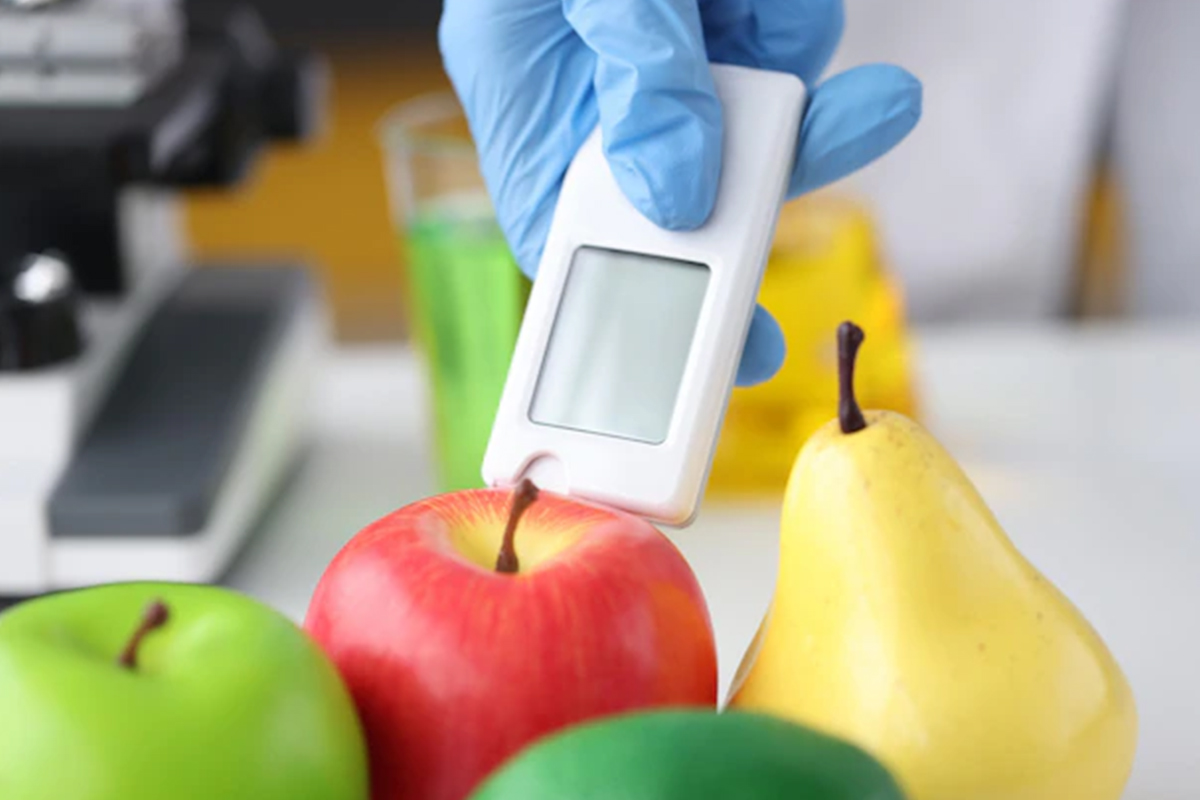
1. Focus on the product description
Writing a product description is one of the most important HACCP plan steps. A general product description must have:
- The main ingredients
- Processing methods
- Storage instructions
- Packaging details
- Label and labelling information
- Distribution procedures
Also, try and mention the primary target market of the product and the intended use of the same. If you are writing about any niche product, make sure that you identify each of them specifically.
2. Developing the commodity flowchart
It is now time to identify the commodity flow. The HACCP team uses product description knowledge for developing a production process from starting to the end. This HACCP flowchart simplifies the various steps of the process. But there is no need for fine details here, just the list of process steps must include:
- Intended delays
- Inputs, if any
- Shift-wise procedures
- Product return to process
- All kinds of outputs from product
Verification of the flowchart is as important as creating it. Walk through every single step and see if you missed out on any important point. With a wrong HACCP flowchart, the whole plan will become ineffective.
3. Working on hazard analysis
Once the process flowchart is complete, start evaluating it for potential hazards, including physical, chemical, biological, or environmental risks. With hazard analysis, you will have an idea of which steps in the commodity flow are important for consumer protection. Create a hazard analysis worksheet and document the hazard type, its likelihood, and the control methods. Check if there are any legal requirements for controlling any of the identified hazards.
4. Identifying the critical control points (CCPs)
Now that you have verified the process flow and identified the hazards, it is time to use the CCP Decision Tree for identifying the critical control points (CCPs) for every process step.
CCP can be considered as the breaking point where there is a need for urgent intervention for reducing, preventing, or even eliminating a hazard to bring it to an acceptable limit. A single CCP can control more than one hazard and vice versa. Create separate columns for CCPs and potential hazards.
5. Setting critical limits for each CCP
The critical limit is the acceptable value (lowest or highest) for food safety. Consumer health is at great risk when the monitored values go outside the critical limit. Therefore, there should be no compromise with critical limits just like there is no negotiation with legal limits when it comes to food safety processes. It becomes imperative to validate the critical limits, monitor, and take corrective actions on completing the HACCP plan as long as the plan remains in action.
6. Validating and verifying
Each plan at any organisation needs verification and validation before confirming that it can be used on the floor. There are mainly two activities in this – first, verifying that the HACCP plan works as designed and second, validation uses technical and scientific principles for identifying if the HACCP plan offers control for identified hazards. The same applies to monitoring the hazards too.
Verification addresses these items:
- CCPs
- Mandatory programmes
- HACCP Plan
- Calibration
Items included in validation are as follows:
- Support for CCP location
- Critical limits support
- Justification of hazard analysis
- Hazard identification support
- Monitoring activities support

Identifying various records and logs
This is one of the most critical HACCP plan steps. Identify the records and logs and keep them updated. Some of the key activities that you need to record are as follows:
- Corrective action log
- Critical limit monitoring log
- Verification log
- Calibration and testing log
Try having paper as well as digital logs for better access and ease of work.
Final words
Once everything is done and in place, make sure that you double-check the entire documentation to avert any kind of error in the HACCP plan. For more information on food production safety, you can visit Food Industry Capacity & Skill Initiative (FICSI)’s



